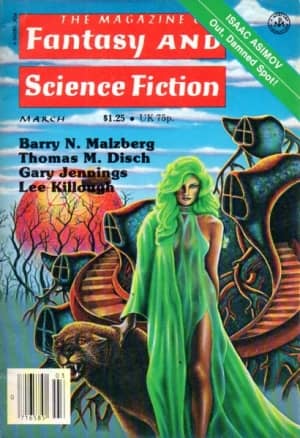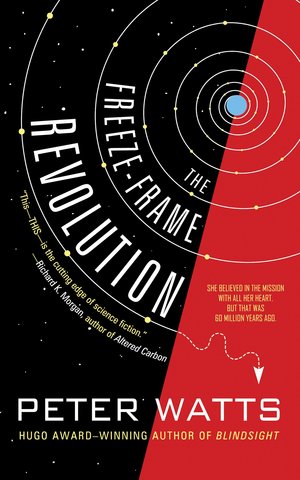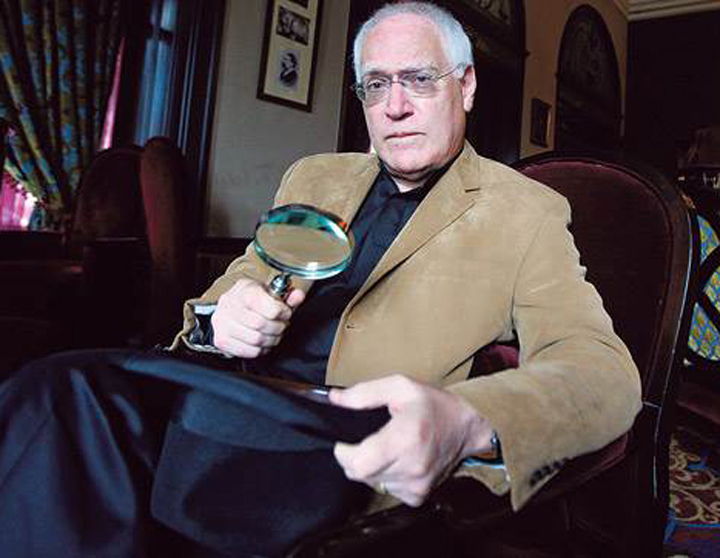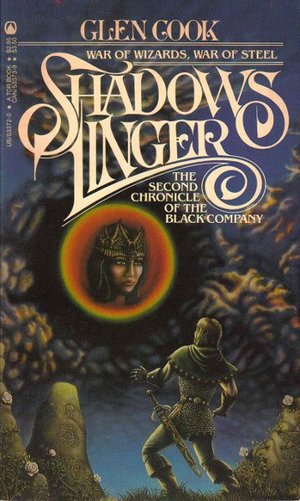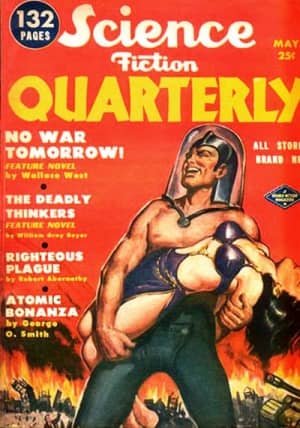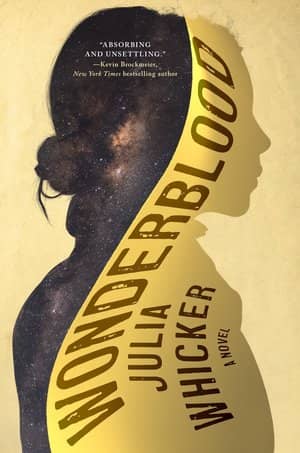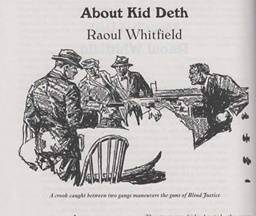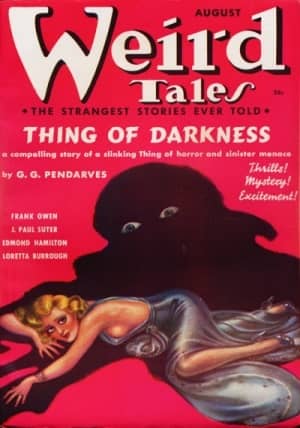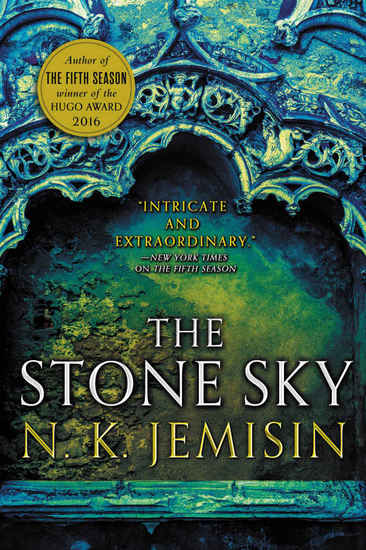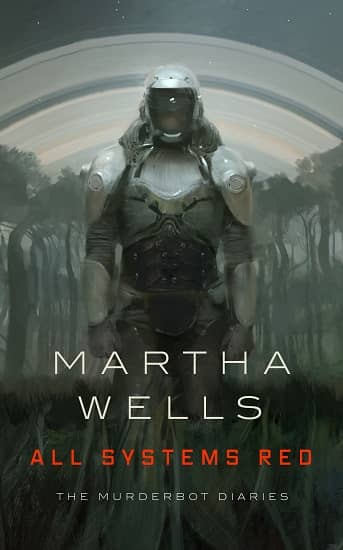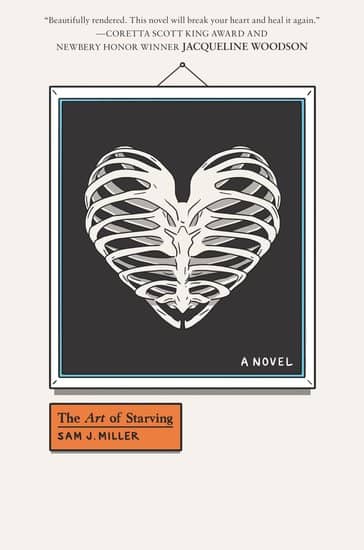A Pair of Gonzo Mysteries from a Fantasy Master: Rich Horton on Pink Vodka Blues and Skinny Annie Blues by Neal Barrett, Jr.
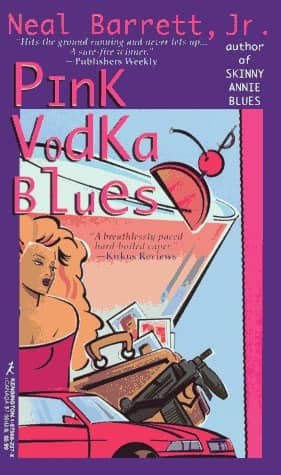 |
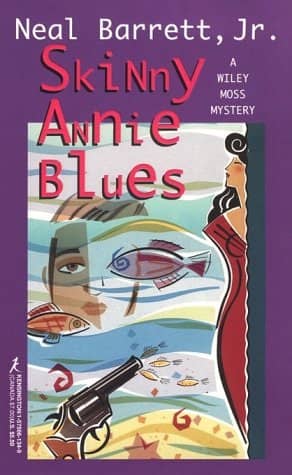 |
Neal Barrett, Jr. received a Hugo and Nebula Award nomination for his 1988 story “Ginny Sweethips’ Flying Circus,” and in 2010 he was named Author Emeritus by the Science Fiction and Fantasy Writers of America. A discussion of his four Aldair novels — which Fletcher Vredenburgh called “a blast of strangeness and adventure” — broke out in the comments section of my 2013 post about Mark Frost’s The List of 7. And in his 2014 review of The Prophecy Machine, Fletcher wrote:
The late Neal Barrett Jr. wrote around thirty novels and seventy short stories. I’ve only read a little bit from his works, which include sci-fi and fantasy as well as crime fiction and magic realism. He seems to have slipped under the radar of most genre readers. On the other hand, everything I’ve read about the man marks him as one of those special authors held in high esteem by other writers.
As usual, Fletcher is bang on in his assessment. I haven’t read any of Barrett’s crime fiction either, and I’ve always been very curious about it.
But that’s why we have Rich Horton. Over at his website Strange at Ecbatan Rich reviews two of Barrett’s mid-90s mystery novels, Pink Vodka Blues (1992) and Skinny Annie Blues (1996), calling them ‘funny’ and ‘wild.’ That qualifies them for a closer look in my book.
